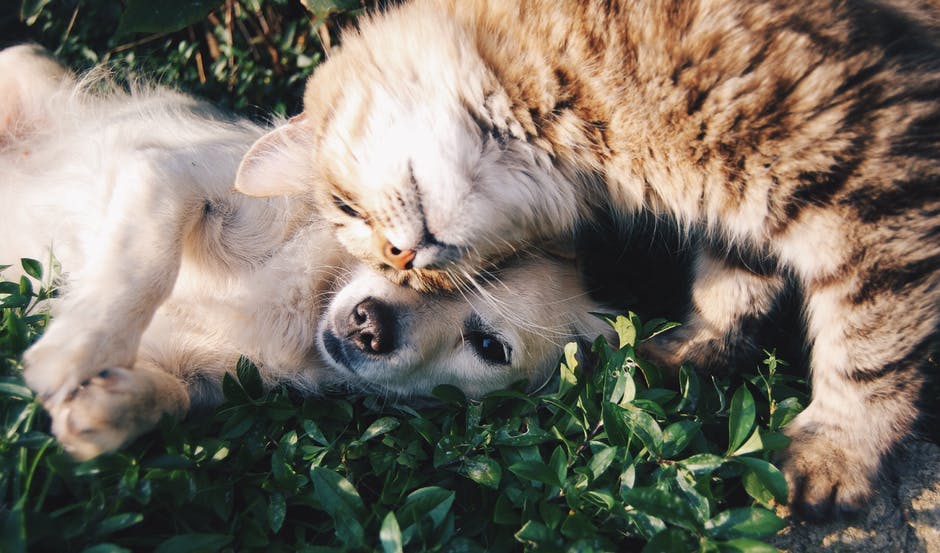Dr. Laurel Davis, Asheville Holistic Veterinarian, offers “Stories from a Holistic Veterinarian”, the blog of a holistic vet and “animal interpreter.” With a clinic in downtown Asheville, NC. Dr. Laurel also offers animal health, lifestyle and vaccination advice for cats, dogs and their human friends across the country.
Have a question for Dr. Laurel? Send it in.Want comprehensive or detailed dog or cat advice? Schedule an Ask Dr. Laurel™ phone or Skype consultation.
We are excited to feature a guest blogger who reached out to us from ProFlowers.com. I’ve touched on the topic of poisonous plants before in my articles about holiday safety tips & the importance of greens for cats, but the folks over at Proflowers.com have compiled this comprehensive list of toxic plants that I hope will help all the fur-parents reading feel well equipped to keep their furry loved ones happy & safe.
Without further ado, here is this weeks guest blogger, Brett Bastello…
Keep Your Furry Friend Out of Harm’s Way and Avoid These 199 Poisonous Plants

With summer officially here, your animals will be clamoring to go outside and run around in the yard. In order to keep your dogs and cats safe, it’s incredibly important to be aware of the type of harmful plants that could be in or around your home.
Here is our comprehensive list of 199 Poisonous Plants to keep an eye out for. Most of these plants are safe to grow and keep in your home but should be avoided if you’re concerned about accidental ingestion from a hungry pup or curious cat. Look through the list of plant names and make sure no one in your home is at risk!
Before reading the list, keep in mind toxicity levels can vary based on your level of contact with a plant. For example, a plant like black henbane is fatal even at low doses, whereas with some plants, you need to consume a large amount to experience side effects.
Here is a breakdown of the four levels:
- Major toxicity: These plants may cause serious illness or death.
- Minor toxicity: Ingestion may cause minor illnesses such as vomiting or diarrhea.
- Oxalates: The juice or sap of these plants contains oxalate crystals, which can cause skin irritations or more serious ailments like throat swelling, breathing difficulties, and stomach pain.
- Dermatitis: These plants may cause a skin rash or irritation.
With all four toxicity levels, it’s advised that you contact the Poison Control Center (800-222-1222) for more information if your animal companion is exposed.
You will notice some common fruits are on the list. Don’t worry, there’s no need to rush to toss out your latest grocery run. Many toxic parts of plants such as cherries, apricots, and peaches aren’t the fruits themselves. They are found in other parts such as the stem, leaves, and seeds. These parts, we never consider eating, so we never come in contact with them. Just be mindful to dispose of these parts effectively in order to prevent a possible accident.
Special care for children and animals:
Most plants we would never think to eat or touch, but for small children and animals that are unaware of harmful side effects, it’s recommended you keep them out of arm’s reach. For example, a peace lily is a very popular indoor plant, given its ability to clean the air in your home. But it’s also highly toxic to cats and dogs, so try to keep the plant on a high shelf.
For the complete list, check out the graphic below or you can find ProFlowers’ blog post here.

Shine On,
Dr. Laurel Davis is Asheville Holistic Veterinarian, offering phone and Skype consultations for animal lovers everywhere. Call 828-254-2221 or order an Ask Dr. Laurel™ phone or Skype session or bring your dog or cat to her downtown Asheville, NC clinic. Read more patient stories.
Get to know Dr. Laurel by reading her blog.
Do you have a story about how Dr. Laurel helped your dog or cat? Please post your comment on our Facebook page or write a Google Review.


